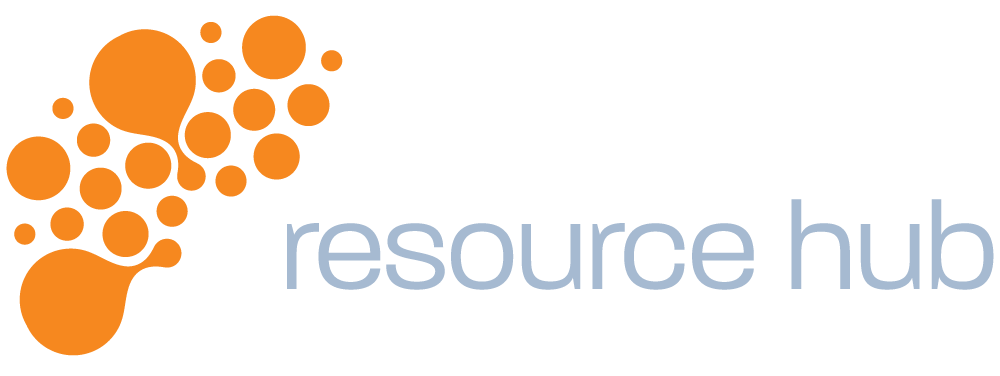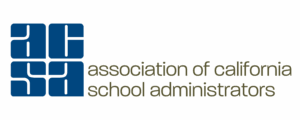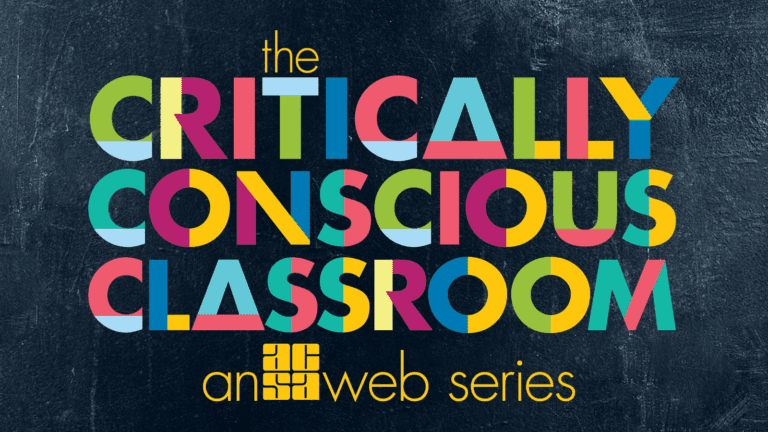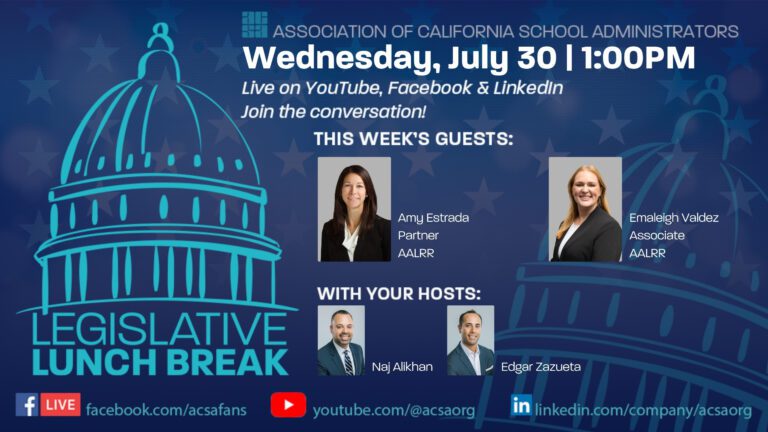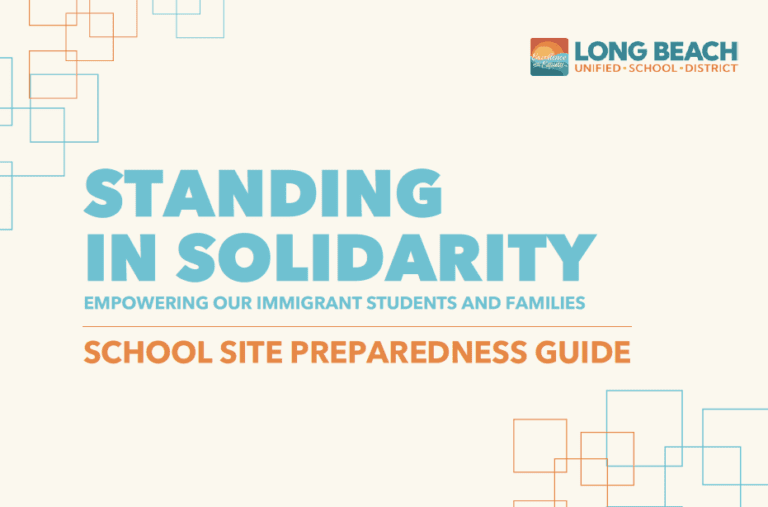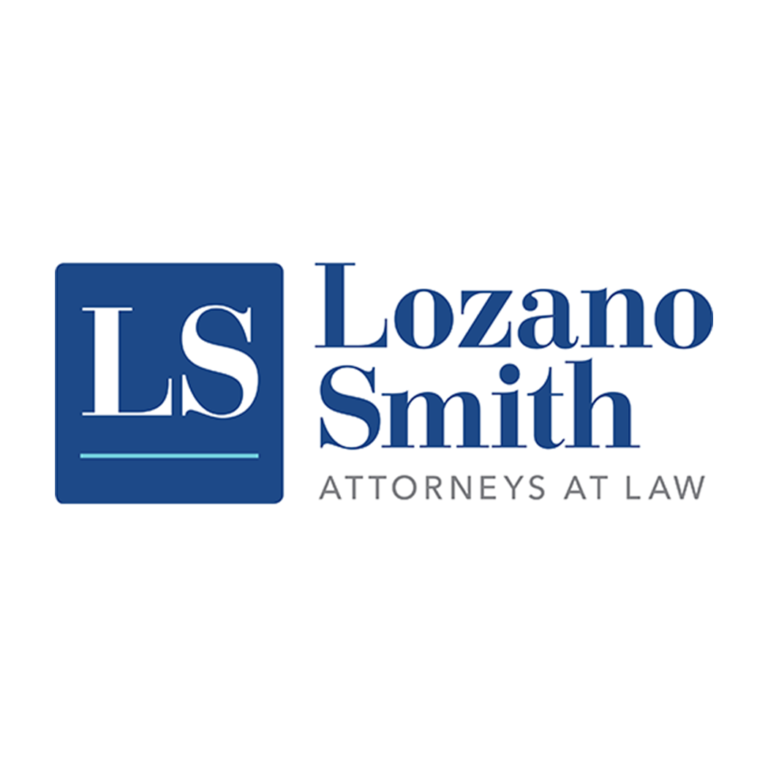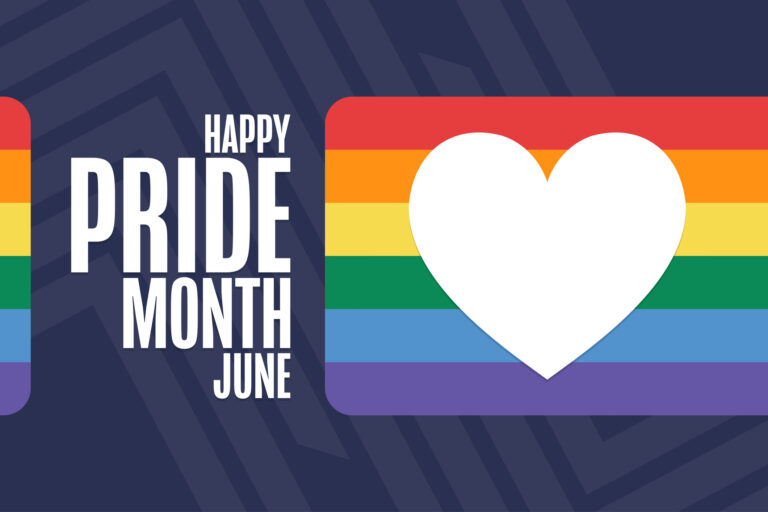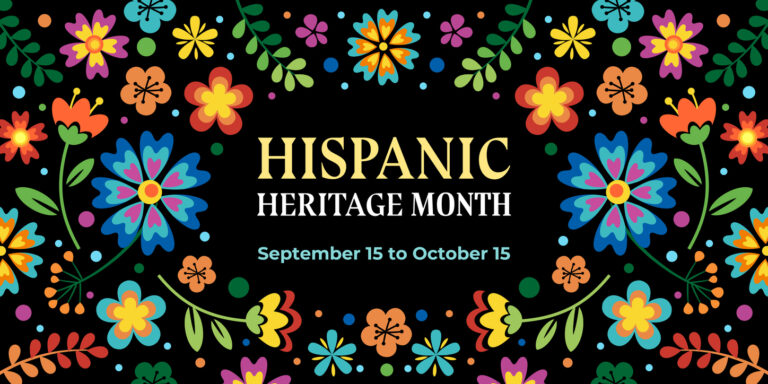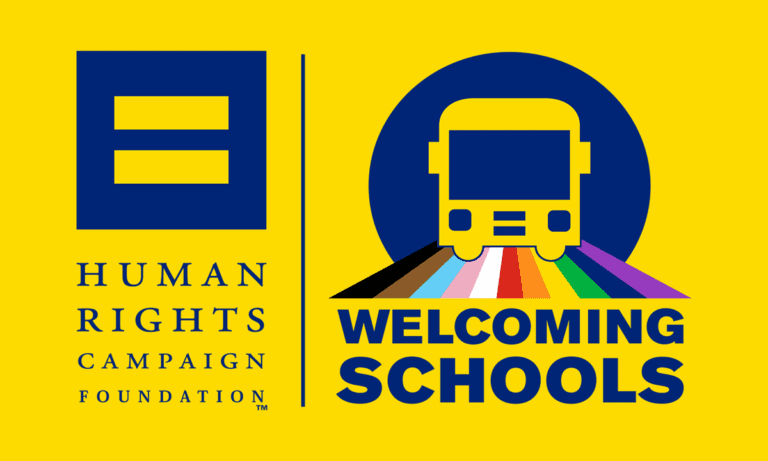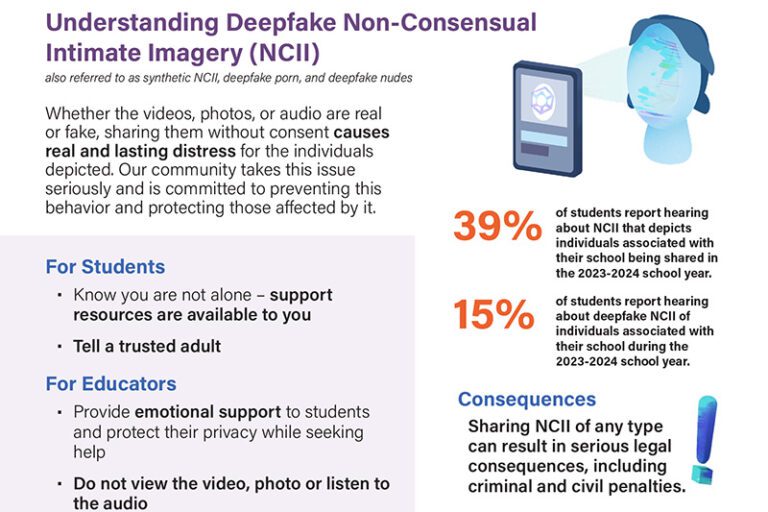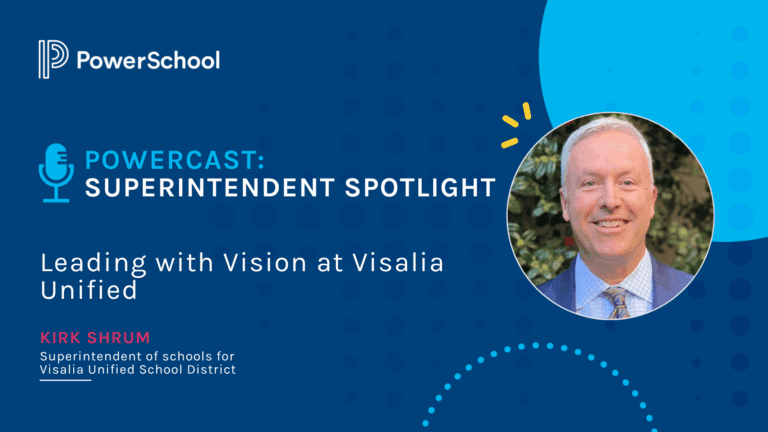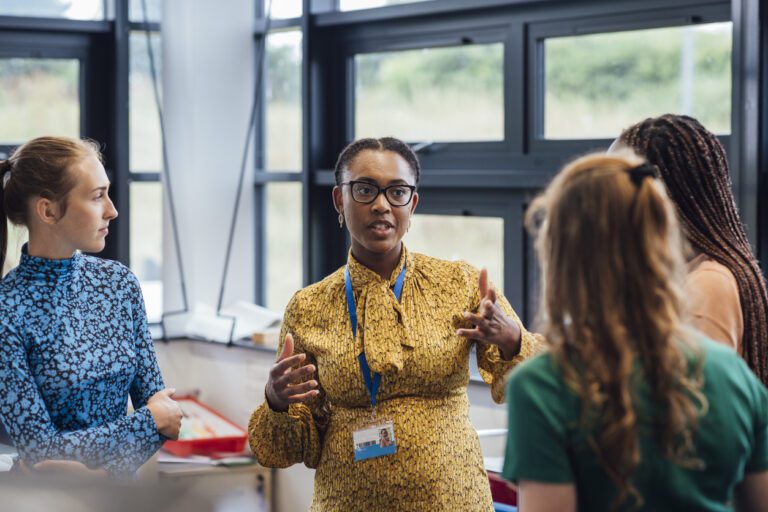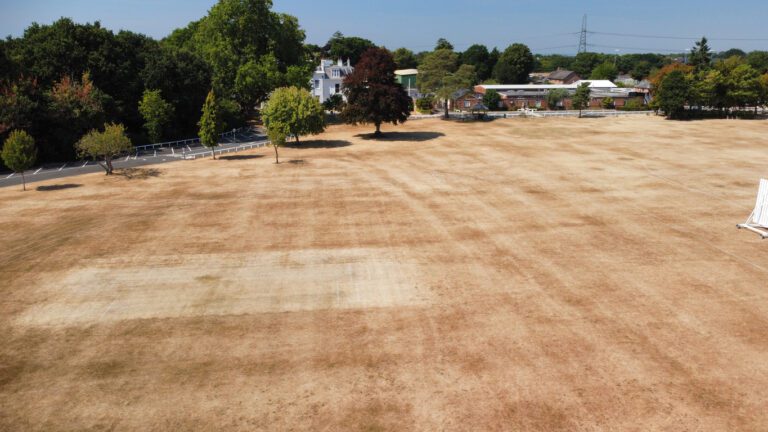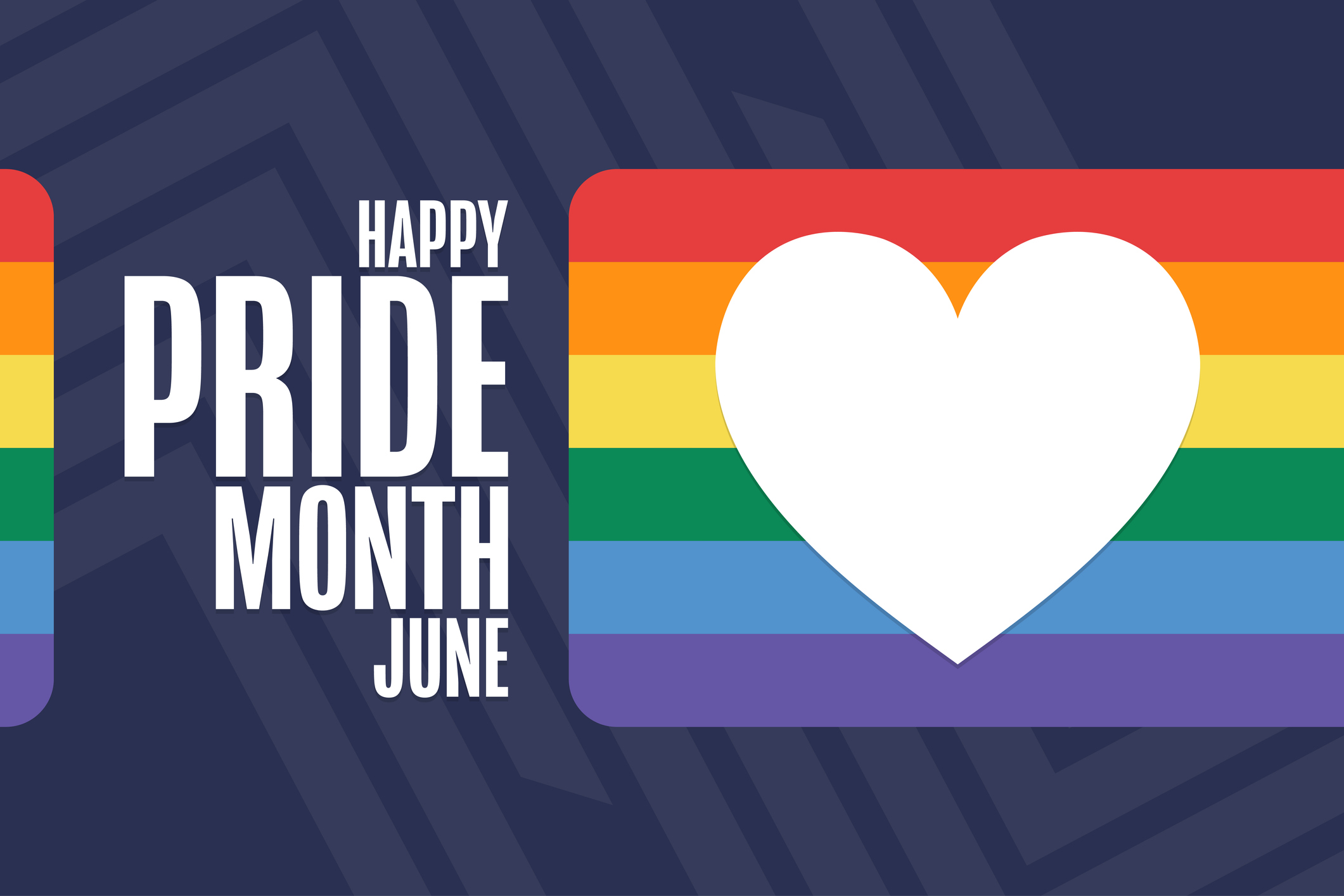
By Dr. Simone Charles
There has been a systemic attack on all things equity-related. Ironic, isn’t it? The very word that seeks to offer opportunities for everyone to be treated fairly and justly is itself subjected to exclusion rather than inclusion. A word intended to liberate has become, in some circles, an unwelcome guest. This hard truth caused me to wonder: Who will stand in the ever-widening gap between Equity and Opportunity?
I find myself wrestling with more questions than answers. What is the advice, the call to action, the safe harbor for our successive generations? What will we say we did when asked if we tried to hold the line, to stand in the gap, when the pressure to ignore it was too loud to bear?
Despite the uncertainty, my hope remains rooted in the voices of our youth. Know that they are not clueless. Know that they are not weak. Know that they carry the information of generations, the wisdom of ancestors, and the power of lived experiences. They are poised to become doctors, lawyers, activists, politicians, community leaders, parents, and educators who will shape the future in profound ways. As Dr. Martin Luther King, Jr. so eloquently stated, the arc of the moral universe bends toward justice. But make no mistake: the next generation will not just bend the arc, they will shape it, stretch it, and root it deeper into the fabric of our daily lives. It will grow stronger and more sustainable. These roots will support them and the generations that follow.
Be hopeful, not blind. Be dedicated, not distracted. Be empowered, not ignored. And most importantly, be present. Our presence in their lives, in their battles, in their triumphs, and in their journey matters more than we may ever realize.
Understanding the Gap
The “gap” is not just a metaphor; it is a lived reality. It represents disparities in education, access to healthcare, housing, representation, and so much more. It is both visible and invisible, systemic and internalized. It grows wider when policies fail to account for marginalized communities, when leaders fail to speak up, and when educators retreat into silence instead of advocacy.
Standing in the gap means being willing to speak up when silence would be easier. It means recognizing that neutrality often supports the status quo, and the status quo has never served everyone equally. Standing in the gap requires courage, compassion, and conviction.
Five Steps Educators Can Take to Stand in the Gap
1. Amplify Student Voice: Create intentional spaces where students can share their experiences, perspectives, and hopes. Honor their voice not just with polite acknowledgment but with actionable follow-through. Establish youth advisory boards, invite student leaders to sit on school committees, and build curriculum around culturally relevant texts that reflect their identities and lived experiences.
Example: At a continuation high school, student voice was elevated through a partnership with Good City Mentors and UCLA Youth Source. Students participated in dialogues with community leaders and were instrumental in shaping school policies around cell phone use, mental health support, and cultural celebrations.
2. Build Culturally Responsive Classrooms: Incorporate diverse histories, voices, and cultural practices into everyday instruction. Challenge curriculum that centers only one narrative. Recognize that students bring their whole selves into the classroom—honor that.
Actionable Step: Conduct an audit of classroom materials and ask, “Whose stories are we telling? Whose voices are missing?” Bring in texts by authors like Octavia Butler, James Baldwin, Sandra Cisneros, Joy Harjo, and bell hooks. Use storytelling, oral histories, and multilingual resources to deepen cultural understanding.
3. Engage in Equity-Centered Professional Learning: Too often, professional development skirts around equity topics. Schools need courageous conversations and sustained learning. This work is not a checkbox; it is a lifelong commitment.
Actionable Step: Form equity learning communities or inquiry groups within your school. Use protocols like “Courageous Conversations About Race” or the “Equity Literacy Framework” to guide reflection and planning. Make equity part of your Instructional Leadership Team goals and PDSA cycles.
4. Mentor and Model: We must show scholars what it means to stand up and lead. That begins with modeling ethical leadership, emotional intelligence, and authentic accountability. Leadership is not confined to titles—it is seen in how we treat one another, how we respond to injustice, and how we support growth.
Example: A math teacher serves as an Esports advisor, using games to build critical thinking and teamwork while mentoring scholars often disengaged from traditional instruction. Another teacher leads Project-Based Learning units that allow students to design community murals, telling the story of their culture, family, and heritage.
5. Advocate for Equitable Systems and Policies: Be bold in boardrooms, in faculty meetings, and in conversations with policymakers. Advocate for grading policies that reflect mastery over compliance. Push for funding that supports mental health, after-school programs, and dual enrollment. Call out disparities, even when it’s uncomfortable.
Actionable Step: Partner with families and local organizations to provide wraparound services for scholars. Support programs that connect students to jobs, college courses, and service opportunities. Use your position to remove barriers rather than reinforce them.
Examples of Adults Standing in the Gap

- Instructional Leaders who co-create curriculum with teachers and support PBL (Project-Based Learning) to make learning more engaging and relevant.
- Principals who meet regularly with student equity councils and use their input to inform schoolwide decisions.
- Counselors who prioritize students who are often overlooked, providing college application support, mental health check-ins, and trauma-informed care.
- Community Partners who bring career speakers, mentor programs, and financial literacy workshops directly into schools.
- Parents and Caregivers who attend workshops, engage in community conversations, and advocate for inclusive policies that support all children.
A Call to Action
The future is not written in stone; it is written in action. And while I may not have all the answers, I am certain of this: We must show up. Not just for the grand moments, but for the small ones. The hallway conversations, the restorative circles, the after-school tutoring, the grant writing, the teacher mentoring, the student council meeting.
To stand in the gap is to acknowledge that the fight for equity is not over. It is to recognize that every generation deserves a fair shot—not just the privileged few. And it is to believe that transformation is possible.
If we want future generations to thrive, we must till the soil they will grow in. That means ensuring access, breaking down barriers, celebrating differences, and refusing to settle for performative allyship. It means shifting from empathy to action, from tokenism to transformation.
Final Reflections
Standing in the gap may feel overwhelming at times, but we are not alone. There is a groundswell of educators, community leaders, scholars, and families who are committed to the work. When we stand together, the weight is lighter. When we share vision, the path is clearer.
I return to the question: Who will stand in the gap for the future generations?
The answer is: We will.
And in doing so, we will cultivate a generation that not only survives but thrives. One that will carry the torch, shine light in dark spaces, and plant seeds of justice that will bloom for years to come.
Be hopeful. Be dedicated. Be empowered. Be present.
Stand in the gap.
Simone R. Charles, Ed.D., is the principal of Walt Whitman High School, a California Model Continuation High School. She is a fierce advocate for equity, culturally responsive education, and student voice. She currently serves as the Chairperson of the ACSA Region 16 Equity Council and is the Immediate Past President of SHSOPO. She was named ACSA Region 16 Principal of the Year and is a recipient of the region’s Valuing Diversity Award.

